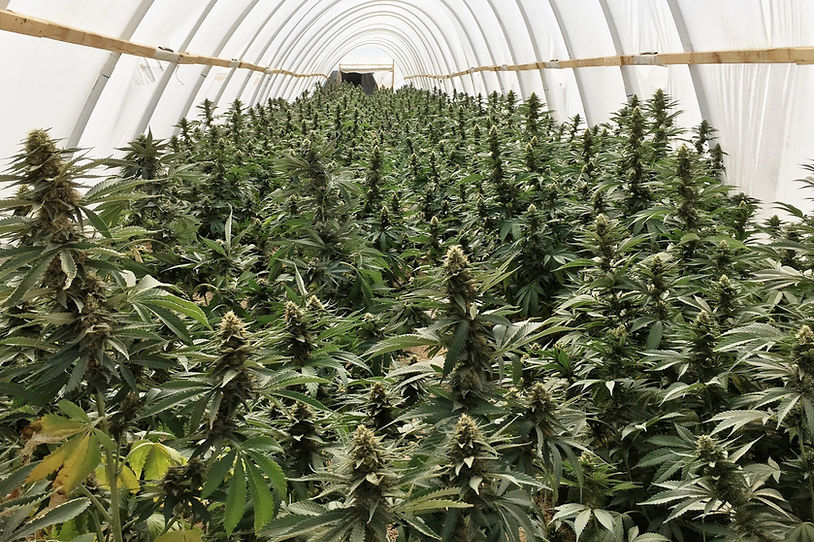By: Jerry Wang
In the past few years, teens have been becoming more and more reliant on and comfortable with cannabis (also known as marijuana). All over the world, the increased concentration of the drug in certain products combined with the newfound popularity of such products is causing increased dependance and lack of caution towards products containing marijuana.
One young woman, who had experience with cannabis as a teen, said, “I felt so trapped.” Many teens are starting to feel this way. In 2019, nearly three times as many high school seniors reported vaping marijuana in the past 30 days compared to 2017. In 2020, 44 percent of college students said that they used marijuana in the last year.
As a response to the many health issues from vaping, a student named Elysse began to get over her addiction to marijuana before entering college but quickly picked her habits back up after seeing how many other students vaped consistently. She described her very first experiences with cannabis as making everything hilarious. After coming back to it, she said that now she felt trapped but it “[i]s not fun in any way anymore.”
The lack of stigmatism toward cannabis is also a big factor in what pulls teens into the drug in the first place. Elysse guessed that vaping cannabis would be relatively safe due to the vast amount of usage she had seen. She was then addicted after only one or two tries.
The thoughts surrounding the psychoactive drug are not the only thing keeping people hooked. Marijuana itself also plays a big role in keeping teens addicted. In the past three decades, the percentage of THC (the substance that causes the change in your mental state) in cannabis products has gone from 4 percent to percentages that can sometimes reach 95 or even higher.
At the same time, the percentage of CBD, the non-intoxicating substance that is responsible for reducing seizures, pain, anxiety, and inflammation, has gone down. Studies show that lower CBD causes marijuana to be more addictive, and that a higher THC causes the same thing.
The potency of marijuana also makes it more dangerous. The number of citizens in Denmark in 2021 with diagnosed schizophrenia, a disease linked to cannabis, has tripled, or even quadrupled, from a low 2% in 1995.
The director of the Adolescent Substance Use and Addiction Program at Boston Children’s Hospital, Dr Sharon Levy, claims that “[h]igher concentration products are increasing the number of people who have bad experiences with cannabis.”
Another rigorous study found that in Europe and Brazil, the psychotic disorder was 5 times as likely in daily high potency marijuana users compared to those who never use marijuana.
The nail on the coffin is how many parents simply don’t know enough about the dangers of drugs like marijuana. The mother of a 14-year-old marijuana user said that she “had no idea” of the ways marijuana has changed, and that “[s]o many parents like me are completely ignorant.” With parents and children not knowing the dangers of such drugs, the race to spread the news is just beginning.
Site: https://s3.amazonaws.com/appforest_uf/f1656024127832x215987300925151170/Teens%20Are%20Getting%20Sick%20From%20Products%20With%20High%20THC%20Levels%20-%20The%20New%20York%20Times.pdf











